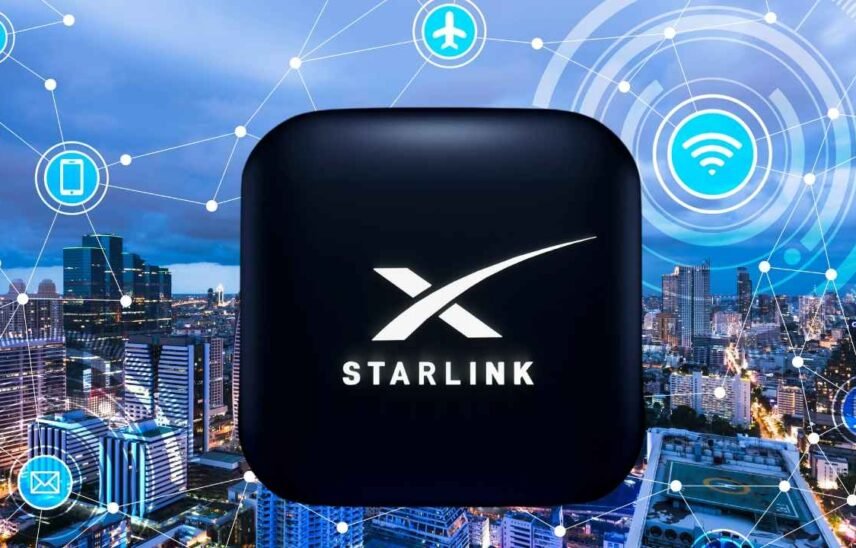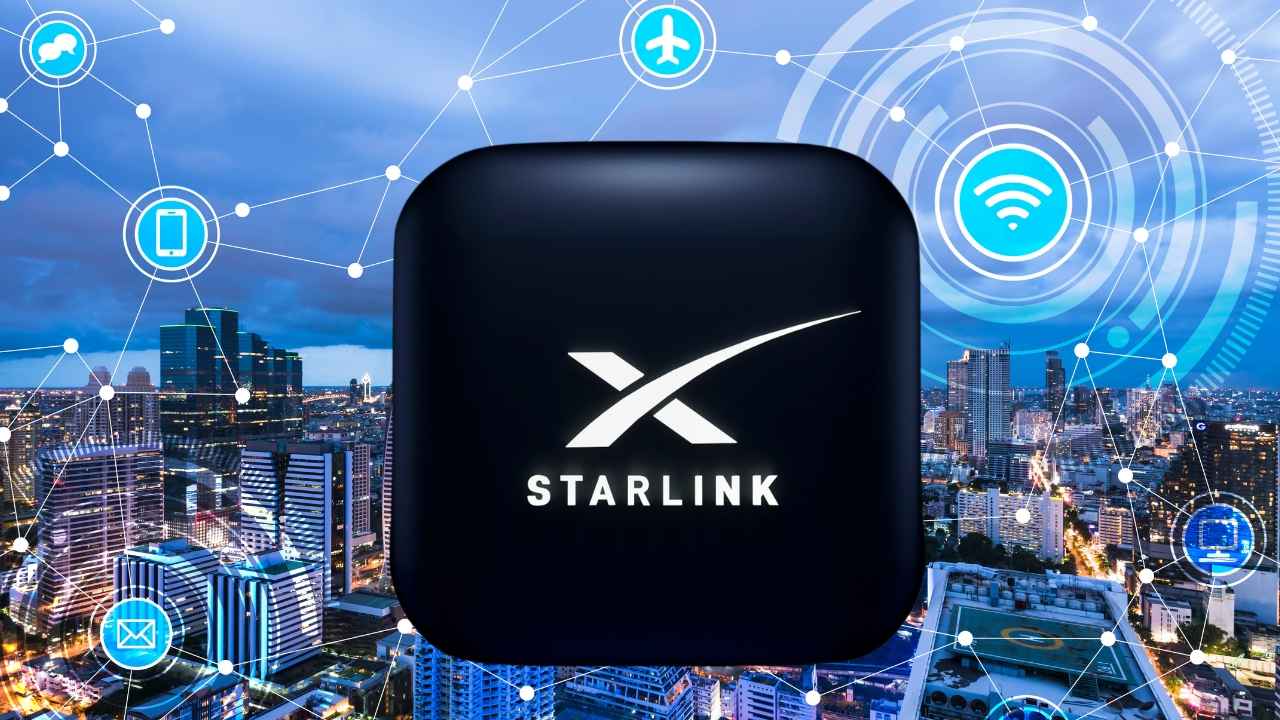
- Home
- Managed Services
- Cyber Security
- Blog
- About Us

We 365 Admin Support, just simplify your IT problems
Call for a free support. +91 96666 59505Platform Partnership
- Who We Help
- Shop
- Contact
- News






HIGHLIGHTS
Table of Contents
ToggleElon Musk’s SpaceX-owned satellite internet service, Starlink, has successfully garnered preliminary approval from the Indian government to commence its operations within the country. This announcement comes as an exciting development for many, especially considering that Starlink is already accessible in over 100 countries globally. The service aims to deliver high-speed internet with minimal latency to users across India. The Department of Telecommunications (DoT) has issued a Letter of Intent (LoI), marking a significant step toward operational implementation.
For those unfamiliar, Starlink operates as a satellite internet provider using a network of low Earth orbit (LEO) satellites to deliver high-speed broadband directly to users. One of the key advantages of this service is its ability to significantly reduce latency while providing enhanced reliability, owing to the satellites’ close proximity to Earth. In this article, we’ll delve into the expected costs, rollout timeline, and essential details surrounding Starlink’s services in India.
Recent reports suggest that Starlink may launch unlimited data plans at promotional rates starting under $10 (approximately Rs 840) per month in India, with the goal of attracting a broad user base. In parallel, the Telecom Regulatory Authority of India (TRAI) has proposed a Rs 500 monthly charge for urban users, a 4% levy based on adjusted gross revenue (AGR), and a minimum annual fee of Rs 3,500 for each MHz of satellite spectrum utilized. Additionally, Starlink will also need to remit an 8% licensing fee to operate commercially within the country.
In the United States, the standard Starlink service is priced at $349 (around Rs 30,000), while the Starlink mini kit is priced at $599 (approximately Rs 43,000), making the anticipated Indian pricing notably competitive.
As it stands, Starlink boasts a fleet of approximately 7,000 low-earth orbit satellites, which collectively support around 4 million users globally, highlighting the service’s capacity to cater to a substantial audience.
Although the Telecom Regulatory Authority of India is reportedly finalizing its recommendations regarding spectrum allocation, Starlink has yet to receive approval from the Indian National Space Promotion and Authorization Center (IN-SPACe) for its services. Although an exact timeline for the rollout remains unclear, it is anticipated that services may become available sometime in late 2025.
The launch of Starlink in India presents a remarkable opportunity to bridge the digital divide by providing reliable internet access to remote and underserved areas. As connectivity becomes increasingly critical in today’s digital age, Starlink aims to position itself as a vital solution for many Indians who lack adequate internet services.
In summary, the combination of affordable pricing and high-speed connectivity makes Starlink an attractive prospect for many. With the anticipated commencement of services in India, residents can look forward to accessing up-to-date information, streaming, and other online services previously out of reach for many, particularly in rural regions. The expected rollout signifies not just a technological advancement but also a major step toward equitable internet access for all.